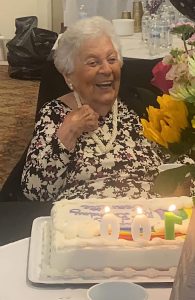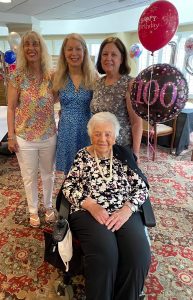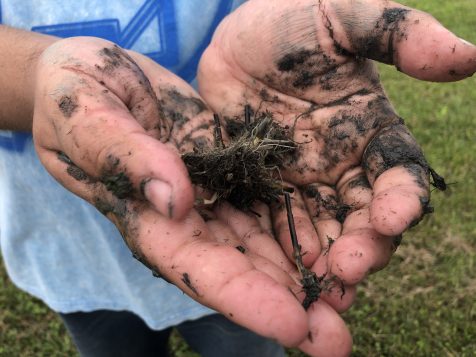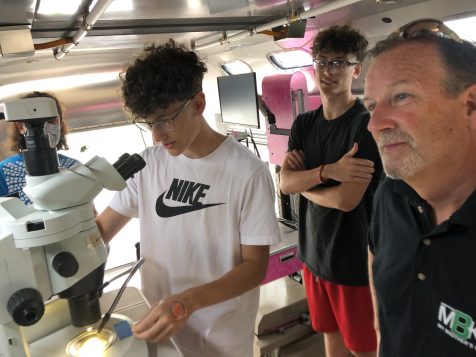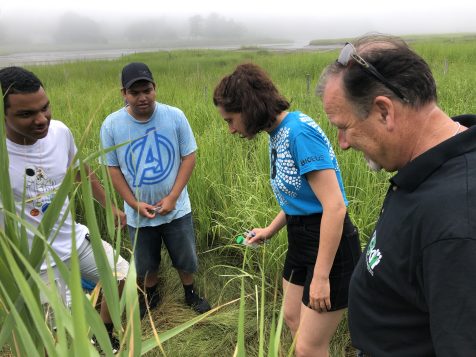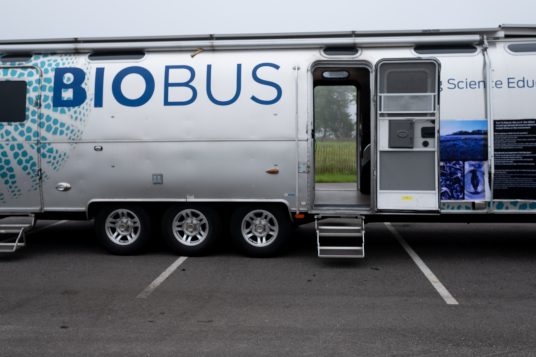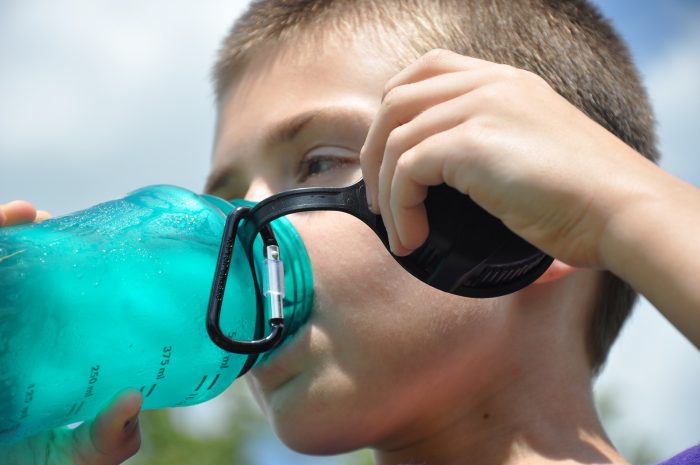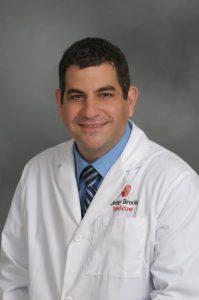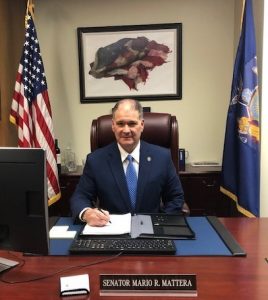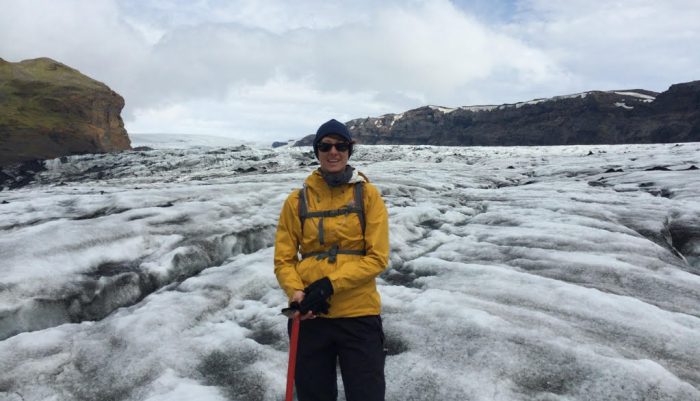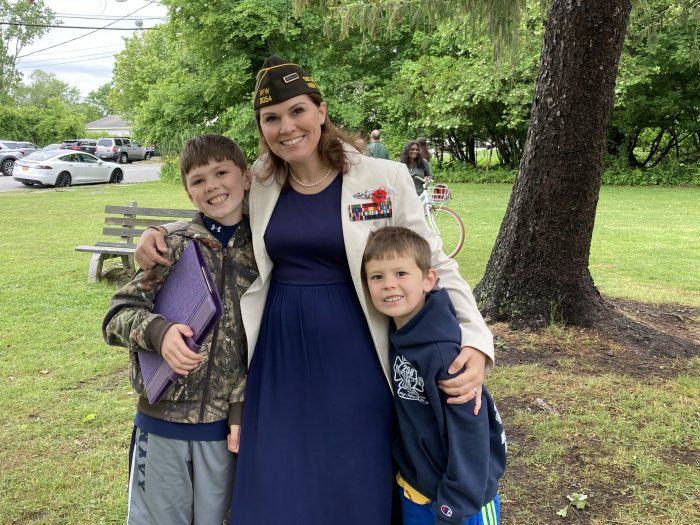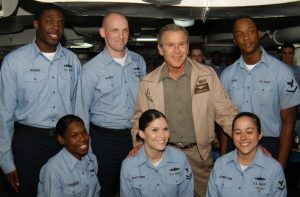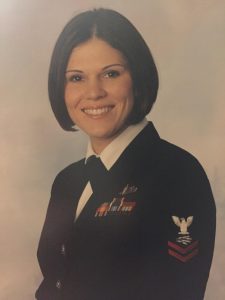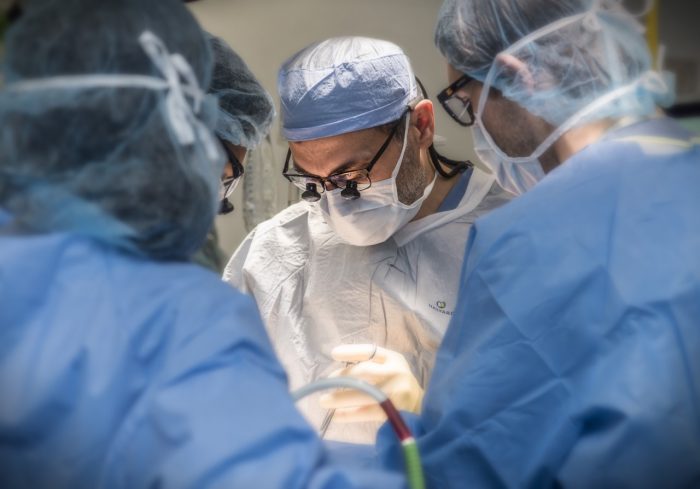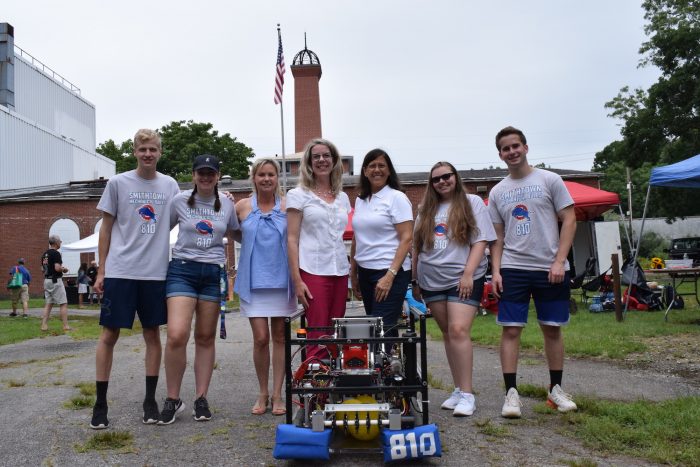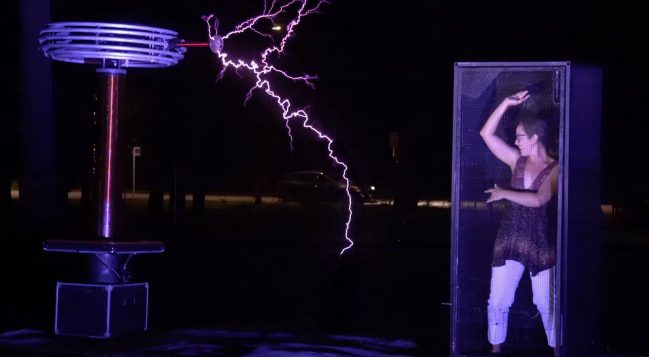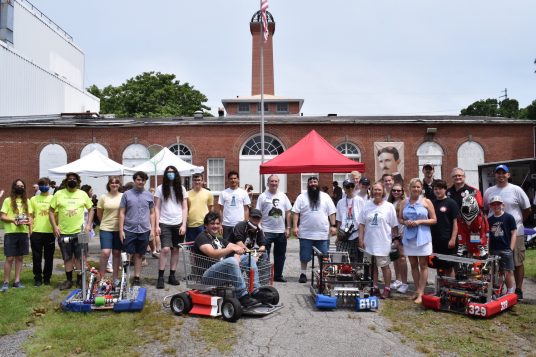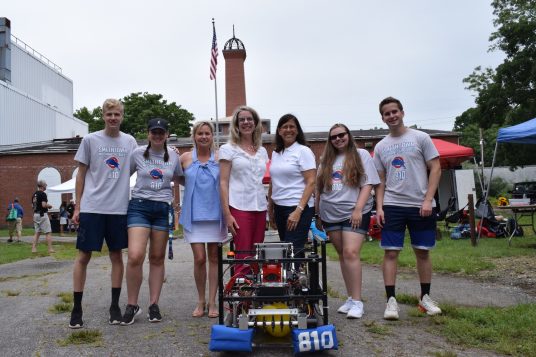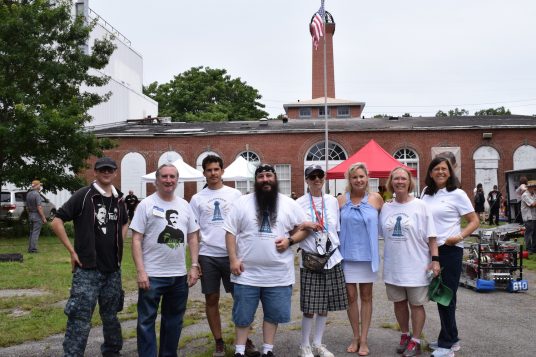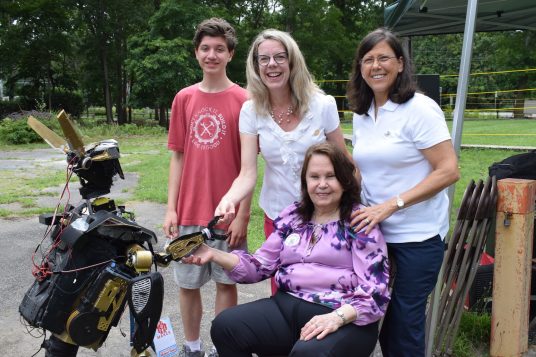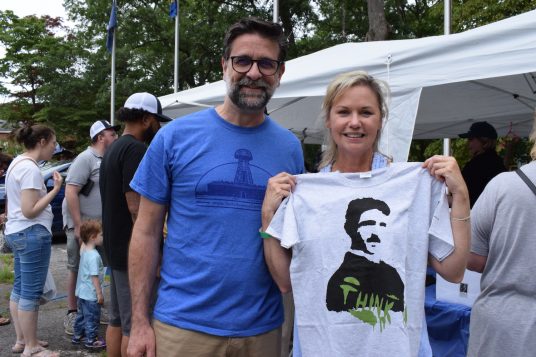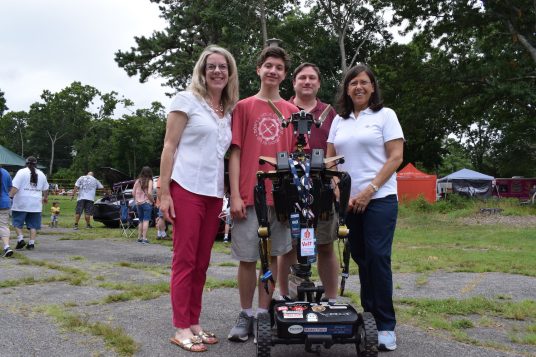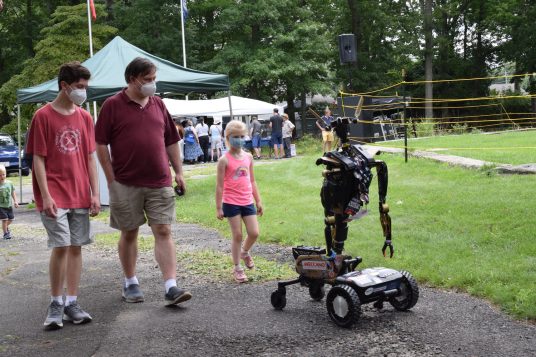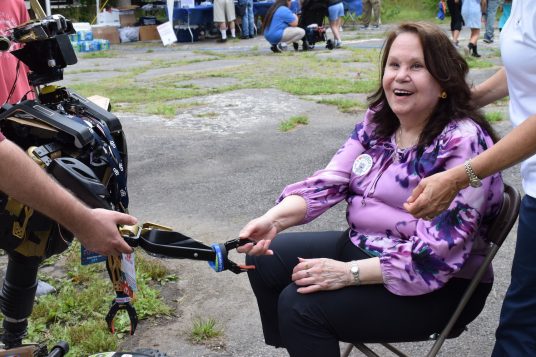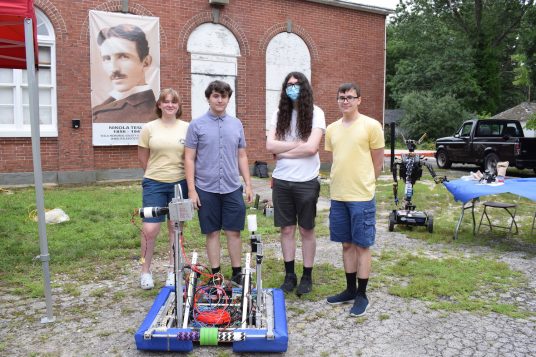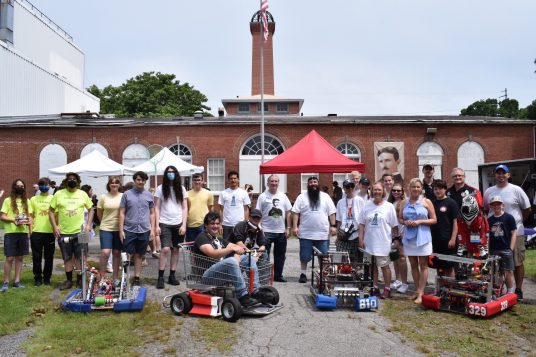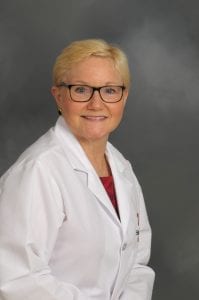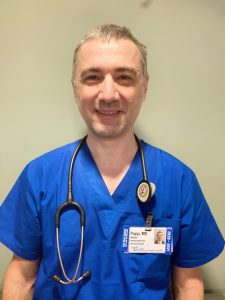The Staller Center for the Arts at Stony Brook University welcomes fans and filmmakers alike back into its theatres tomorrow night as it features new independent films from over fifteen countries at the Stony Brook Film Festival presented by Island Federal on Thursday, July 22 through Saturday, July 31. The popular Festival, now in its 26th year, brings a highly selective roster of diverse films, making it a favorite of moviegoers and filmmakers alike.
The Festival kicks off with the world premiere of The 5th Man, a documentary on Paul Limmer, a former track coach at Bellmore’s Mepham High School. During his 50-year career there, Limmer racked up hundreds of wins, though director Trey Nelson focuses on the story of all the other kids – the ones who never felt “seen” – until Paul Limmer came into their lives. The film will be preceded by Feeling Through, an Oscar-nominated short featuring deaf-blind actor Robert Tarango of Selden.
Produced by Staller Center, the Festival pairs unforgettable short films with a selection of features you won’t see anywhere else. The Stony Brook Film Festival presented by Island Federal is one of the first film festivals to announce its return, and it brings in filmmakers, cast, and crew who field questions after the screenings, adding a unique interactive dimension to the experience.
In addition to the live in-person Festival, the Stony Brook Film Festival will be screening the Festival virtually following the Live in-person Festival. This Virtual Festival will be available on IndieFlix Festivals August 5-30, and it will be an encore screening of the films shown live at Staller Center.
Please note: The Staller Center for the Arts is committed to your safety and will be following CDC, State, and University guidelines regarding health & safety protocols. All patrons will be required to comply with the guidelines in place at the time of the event.
Covid Guidelines for the STONY BROOK FILM FESTIVAL: At this time, masks are optional for guests who are fully vaccinated. For guests who are unvaccinated or those who are not fully vaccinated, we ask that you continue to wear face masks at all times inside the building.
QUICK FACTS
• THE 5TH MAN – Paul Limmer, was a world class track coach at Mepham High School in Bellmore, Long Island.
• Rachel Keller (of Legion, Fargo, Dirty John, and Tokyo Vice) is planning to attend for her film THE FOLLOWING YEAR.
• The entire short film NOISY was filmed on a single subway train ride to Coney Island, with the two actors sitting among regular passengers who ignored them as the film crew sat at the front of the car, hanging on through the lurching stops and starts of the train.
• The feature ANCHORAGE was shot chronologically over five days in the California High Desert with a cast and crew of ten people shoved into a few vehicles. This darkly comic, intense and even frightening film stars director Scott Monahan and screenwriter Dakota Loesch as low-level, opioid-addicted brothers who plan to drive their stash from Florida to Alaska and sell it for a huge profit.
• Ruby Barker, Marina Thompson in Bridgerton starred in HOW TO STOP A RECURRING DREAM before being cast for her role in Bridgerton.
STONY BROOK FILM FESTIVAL
WHEN/WHERE: Thursday, July 22, through Saturday, July 31, at Staller Center for the Arts at Stony Brook University, or virtually, from the comfort of your own home Thursday, August 5, through Monday, August 23.
TICKETS & INFORMATION: stonybrookfilmfestival.com/
Single-day tickets are $20; virtual passes are $85; festival passes are $125; gold passes are $250
For the Stony Brook Film Festival schedule and descriptions of all films go to stonybrookfilmfestival.com/films/


